PHP使用Redis
3522
PHP 使用 Redis
安装
开始在 PHP 中使用 Redis 前, 我们需要确保已经安装了 redis 服务及 PHP redis 驱动,且你的机器上能正常使用 PHP。 接下来让我们安装 PHP redis 驱动:下载地址为:https://github.com/nicolasff/phpredis。
PHP安装redis扩展
/usr/local/php/bin/phpize #php安装后的路径 ./configure --with-php-config=/usr/local/php/bin/php-config make && make install
修改php.ini文件
vi /usr/local/php/lib/php.ini
增加如下内容:
extension_dir = "/usr/local/php/lib/php/extensions/no-debug-zts-20090626" extension=redis.so
安装完成后重启php-fpm 或 apache。查看phpinfo信息,就能看到redis扩展。

连接到 redis 服务
<?php //连接本地的 Redis 服务 $redis = new Redis(); $redis->connect('127.0.0.1', 6379);
echo "Connection to server sucessfully";
//查看服务是否运行
echo "Server is running: "+ $redis->ping();
?>
执行脚本,输出结果为:
Connection to server sucessfully Server is running: PONG
Redis PHP String(字符串) 实例
<?php //连接本地的 Redis 服务 $redis = new Redis(); $redis->connect('127.0.0.1', 6379);
echo "Connection to server sucessfully";
//设置 redis 字符串数据
$redis->set("tutorial-name", "Redis tutorial");
// 获取存储的数据并输出
echo "Stored string in redis:: " + jedis.get("tutorial-name");
?>
执行脚本,输出结果为:
Connection to server sucessfully Stored string in redis:: Redis tutorial
Redis PHP List(列表) 实例
<?php //连接本地的 Redis 服务 $redis = new Redis(); $redis->connect('127.0.0.1', 6379);
echo "Connection to server sucessfully";
//存储数据到列表中
$redis->lpush("tutorial-list", "Redis");
$redis->lpush("tutorial-list", "Mongodb");
$redis->lpush("tutorial-list", "Mysql");
// 获取存储的数据并输出
$arList = $redis->lrange("tutorial-list", 0 ,5);
echo "Stored string in redis:: "
print_r($arList);
?>
执行脚本,输出结果为:
Connection to server sucessfully Stored string in redis:: Redis Mongodb Mysql
Redis PHP Keys 实例
<?php //连接本地的 Redis 服务 $redis = new Redis(); $redis->connect('127.0.0.1', 6379);
echo "Connection to server sucessfully";
// 获取数据并输出
$arList = $redis->keys("*");
echo "Stored keys in redis:: "
print_r($arList);
?>
执行脚本,输出结果为:
Connection to server sucessfully Stored string in redis:: tutorial-name tutorial-list
原文链接: https://www.yukx.com/xiaomengbao/article/details/1061.html 优科学习网PHP使用Redis
推荐文章
-
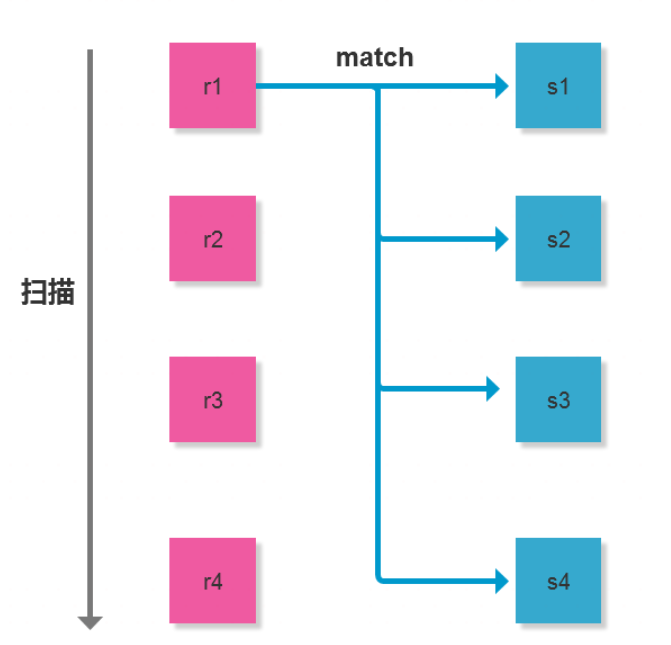 mysql只支持一种join算法:Nested-LoopJoin(嵌套循环连接),但Nested-LoopJoin有三种变种:SimpleNested-LoopJoin,IndexNested-LoopJoin,BlockNested-LoopJoin(简单-索引-缓冲区)原理:1.SimpleNe
mysql只支持一种join算法:Nested-LoopJoin(嵌套循环连接),但Nested-LoopJoin有三种变种:SimpleNested-LoopJoin,IndexNested-LoopJoin,BlockNested-LoopJoin(简单-索引-缓冲区)原理:1.SimpleNe -
 redis是一个内存数据库,一旦断电或服务器进程退出,内存数据库中的数据将全部丢失,所以需要redis持久化 redis持久化就是把数据保存在磁盘上,利用永久性存储介质将数据保存,在特定的时间将保存的数据进行恢复的工作机制redis提供两种持久化机制RDB:存储数据结果,关注点在数据AOF:存储操作
redis是一个内存数据库,一旦断电或服务器进程退出,内存数据库中的数据将全部丢失,所以需要redis持久化 redis持久化就是把数据保存在磁盘上,利用永久性存储介质将数据保存,在特定的时间将保存的数据进行恢复的工作机制redis提供两种持久化机制RDB:存储数据结果,关注点在数据AOF:存储操作 -
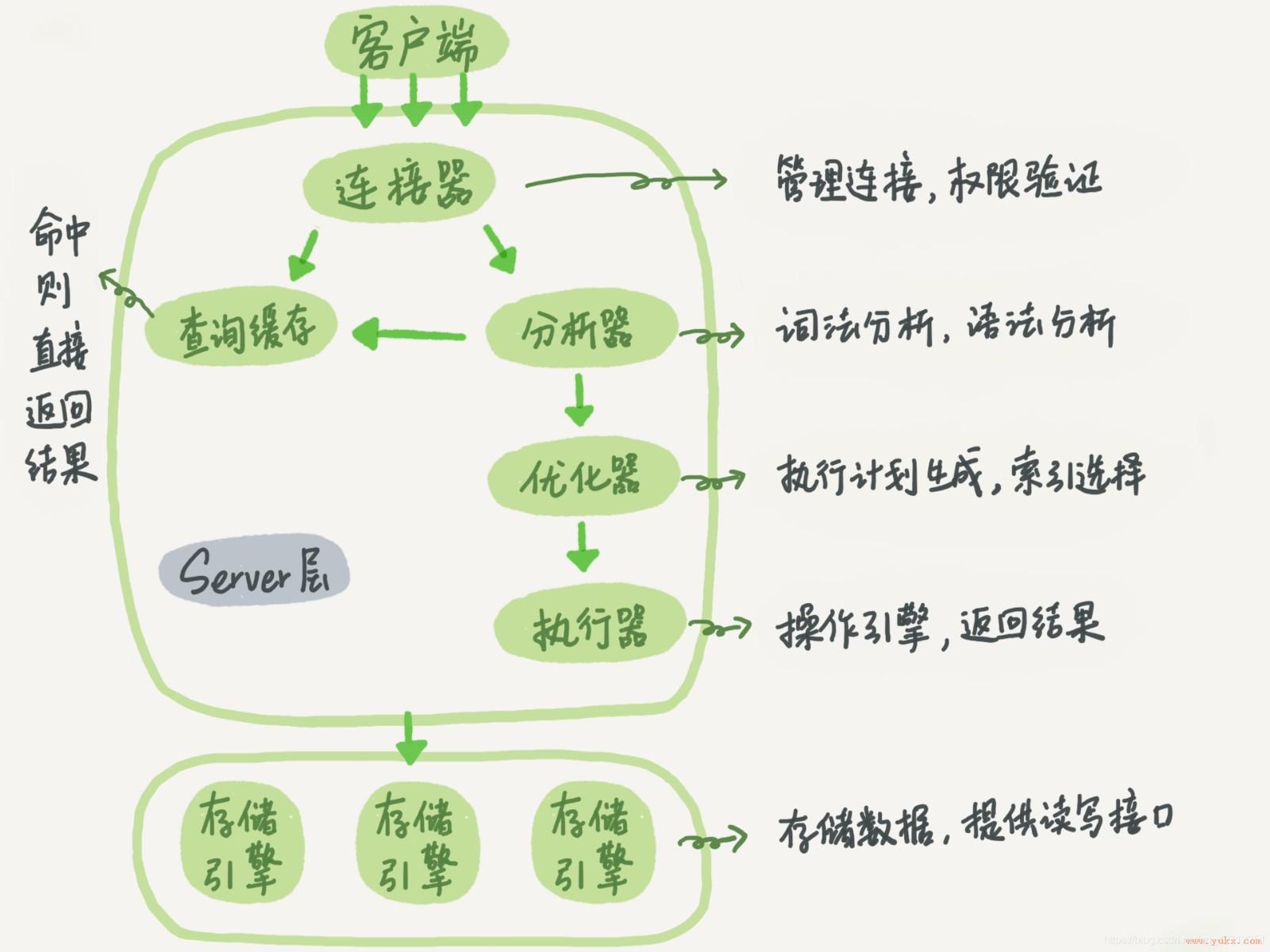 通过SQL的执行过程来介绍MySQL的基础结构. 首先有一个user_info表,表里有一个id字段,执行下面这条查询语句:Select * form user_info where i
通过SQL的执行过程来介绍MySQL的基础结构. 首先有一个user_info表,表里有一个id字段,执行下面这条查询语句:Select * form user_info where i -
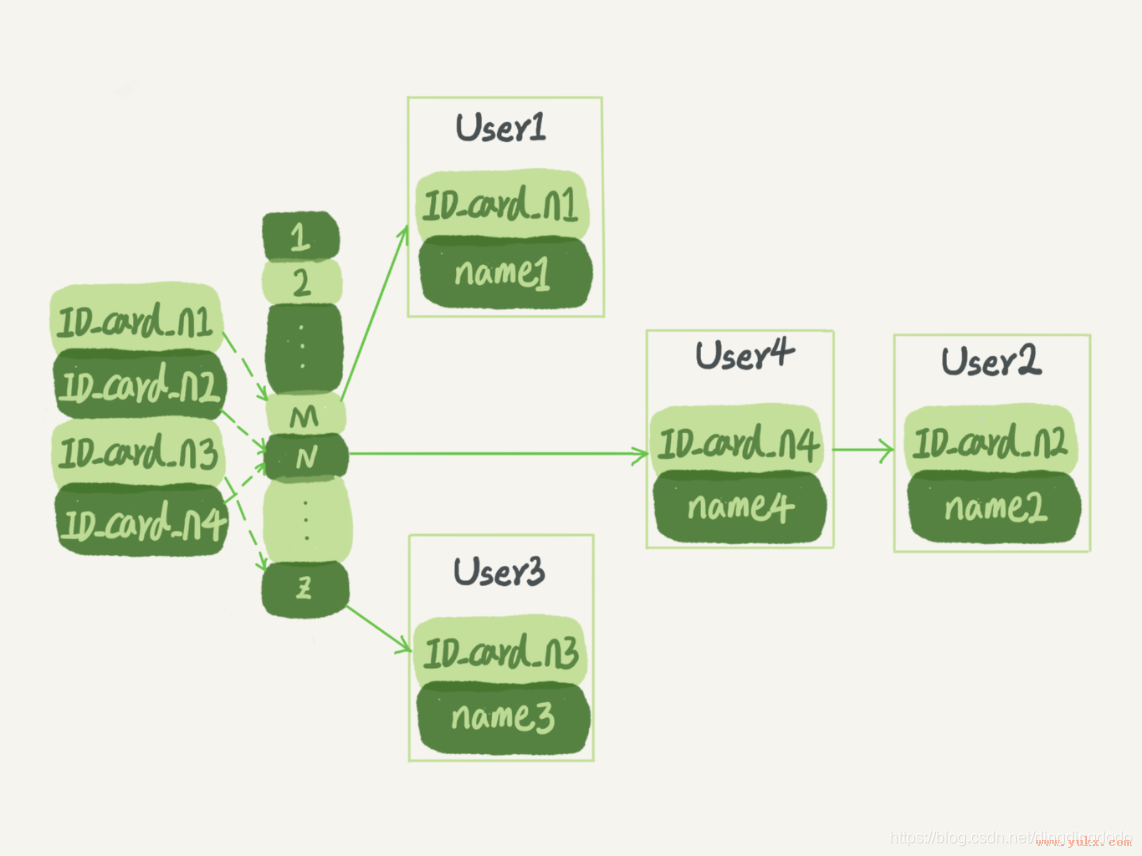 索引(Index)是帮助MySQL高效获取数据的数据结构,索引的目的在于提高查询效率,就像字典和书籍的目录一样,有了目录,可以帮助你快速查找你需要的内容。可以理解为一个排好序的快速查找数据结构。也就是
索引(Index)是帮助MySQL高效获取数据的数据结构,索引的目的在于提高查询效率,就像字典和书籍的目录一样,有了目录,可以帮助你快速查找你需要的内容。可以理解为一个排好序的快速查找数据结构。也就是 -
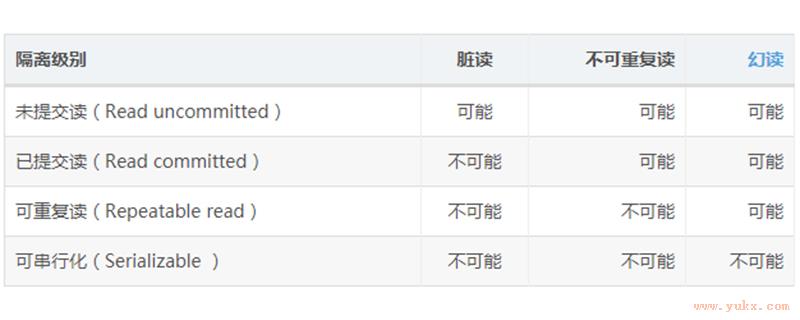 说到数据库事务,大家脑子里一定很容易蹦出一堆事务的相关知识,如事务的ACID特性,隔离级别,解决的问题(脏读,不可重复读,幻读)等等,但是可能很少有人真正的清楚事务的这些特性又是怎么实现的,为什么要有四个隔离级别。今天我们就先来聊聊MySQL中事务的隔离性的实现原理,后续还会继续出文章分析其他特性的
说到数据库事务,大家脑子里一定很容易蹦出一堆事务的相关知识,如事务的ACID特性,隔离级别,解决的问题(脏读,不可重复读,幻读)等等,但是可能很少有人真正的清楚事务的这些特性又是怎么实现的,为什么要有四个隔离级别。今天我们就先来聊聊MySQL中事务的隔离性的实现原理,后续还会继续出文章分析其他特性的 -
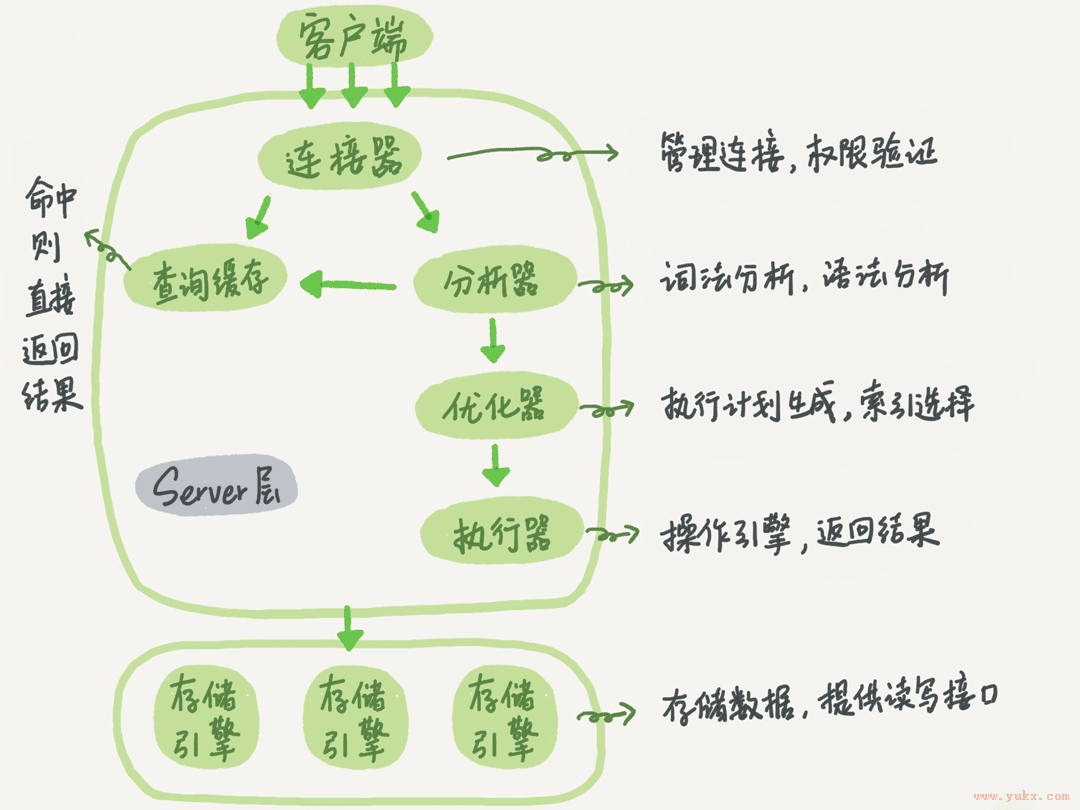 前面我们系统了解了一个查询语句的执行流程,并介绍了执行过程中涉及的处理模块。相信你还记得,一条查询语句的执行过程一般是经过连接器、分析器、优化器、执行器等功能模块,最后到达存储引擎。那么,一条更新语句
前面我们系统了解了一个查询语句的执行流程,并介绍了执行过程中涉及的处理模块。相信你还记得,一条查询语句的执行过程一般是经过连接器、分析器、优化器、执行器等功能模块,最后到达存储引擎。那么,一条更新语句
学习大纲

